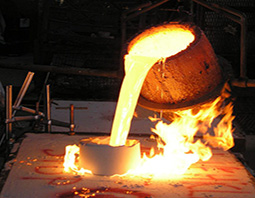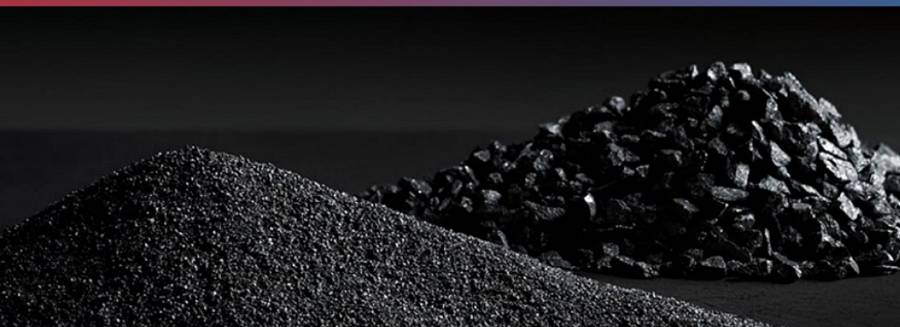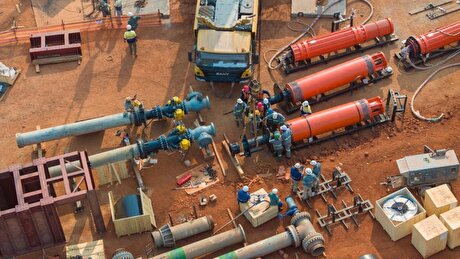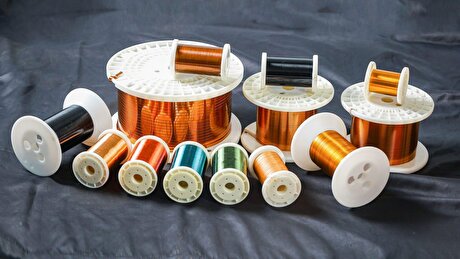
Avoiding Micro Porosity Defects in Iron Castings - A Case Study

This defect did not only cause high production costs, but also, was a major risk to the foundry’s reputation with their customer.
Background
The customer is a leading grey and ductile iron foundry. They specialise in producing automotive, agricultural, earthmoving and engineering castings for the global market. Previously they worked with a competitor’s inoculants and nodularisers.
At that time, they experienced issues with machining their cast products. Together with their customer, they contacted Elkem and asked for support.
Challenge
The problem was a micro porosity defect which caused leakage. The defect was only found after expensive machining. They had to use chills to minimise the defect which required extra time and manpower for the setting and maintaining the chill material. Due to the chill application and variation in micro structure, there was a poor machinability and the total rejection rate was as high as 6 % of the entire production.
This defect did not only cause high production costs, but also, was a major risk to the foundry’s reputation with their customer.
“When we were able to reduce the rejection rate by two thirds, we not only became much more profitable, we were also able to regain valuable trust from our customers.“
Solution
Elkem technicians spent 6 man days with the foundry staff conducting a thorough process audit in order to evaluate the problem. After an in-depth analysis of the metallurgical issue in the plant, further work was conducted in one of Elkem’s regional research labs.
The results indicated a necessary change of alloying materials. Elkem technical staff performed a trial with Lamet® as nodulariser and Ultraseed® Ce as instream inoculant.
Results
After changing to the recommended use of Lamet® and Ultraseed® Ce MSI, the foundry saw significant quality improvements:
- Leakage and porosity defect were eliminated
- Rejection rate went down from 6 % to 2 %
- Hardness variation could be minimised
- Machinability and microstructure were improved
- Over 30.000 € per year could be saved



Gold price edges up as market awaits Fed minutes, Powell speech

Glencore trader who led ill-fated battery recycling push to exit

Emirates Global Aluminium unit to exit Guinea after mine seized

Iron ore price dips on China blast furnace cuts, US trade restrictions

Roshel, Swebor partner to produce ballistic-grade steel in Canada

US hikes steel, aluminum tariffs on imported wind turbines, cranes, railcars

EverMetal launches US-based critical metals recycling platform

Afghanistan says China seeks its participation in Belt and Road Initiative

Trump weighs using $2 billion in CHIPS Act funding for critical minerals

Energy Fuels soars on Vulcan Elements partnership

Northern Dynasty sticks to proposal in battle to lift Pebble mine veto

Giustra-backed mining firm teams up with informal miners in Colombia

Critical Metals signs agreement to supply rare earth to US government-funded facility

China extends rare earth controls to imported material

Galan Lithium proceeds with $13M financing for Argentina project

Silver price touches $39 as market weighs rate cut outlook

First Quantum drops plan to sell stakes in Zambia copper mines

Ivanhoe advances Kamoa dewatering plan, plans forecasts

Texas factory gives Chinese copper firm an edge in tariff war

Energy Fuels soars on Vulcan Elements partnership

Northern Dynasty sticks to proposal in battle to lift Pebble mine veto

Giustra-backed mining firm teams up with informal miners in Colombia

Critical Metals signs agreement to supply rare earth to US government-funded facility

China extends rare earth controls to imported material

Galan Lithium proceeds with $13M financing for Argentina project

Silver price touches $39 as market weighs rate cut outlook

First Quantum drops plan to sell stakes in Zambia copper mines

Ivanhoe advances Kamoa dewatering plan, plans forecasts

















